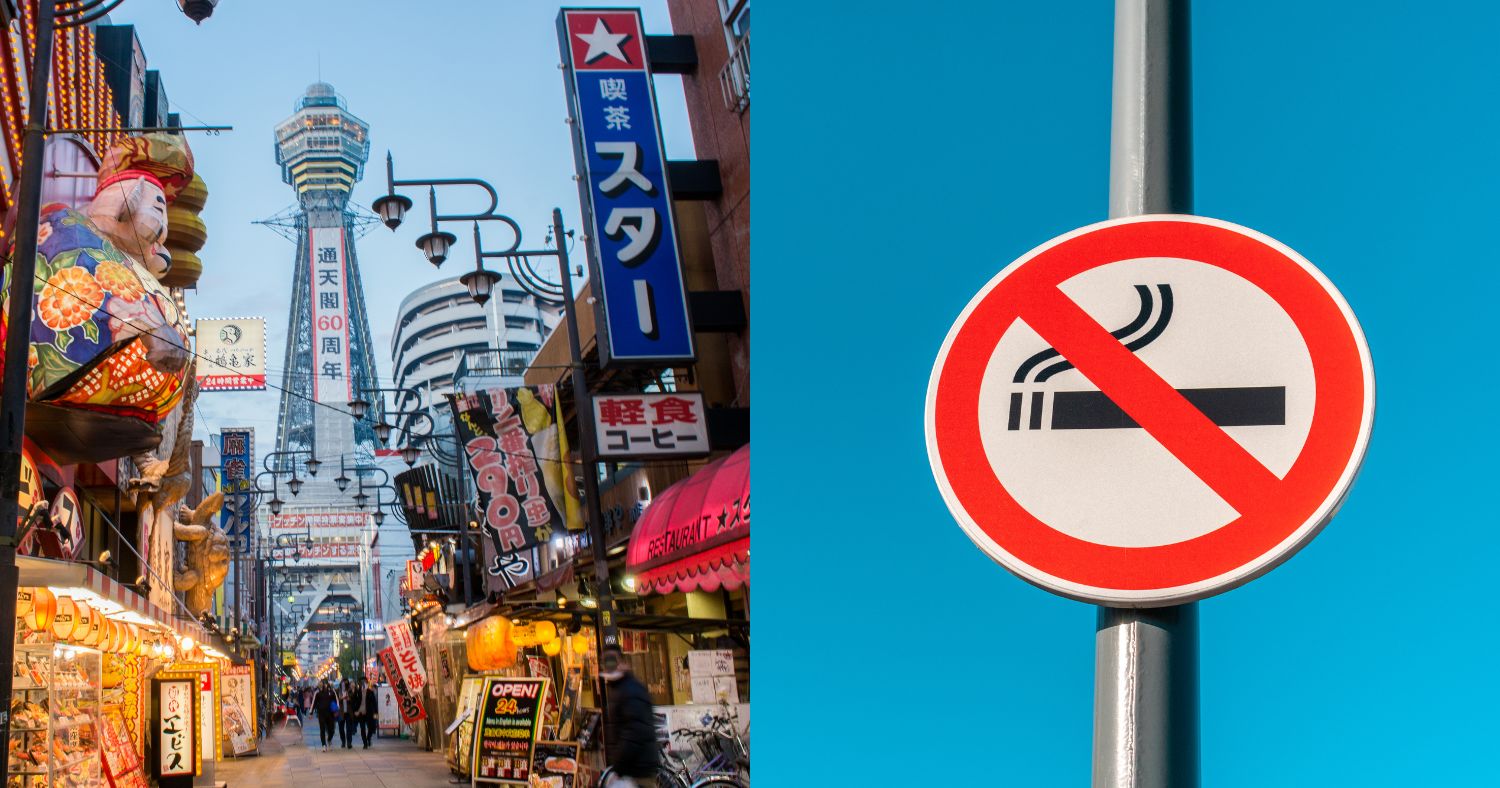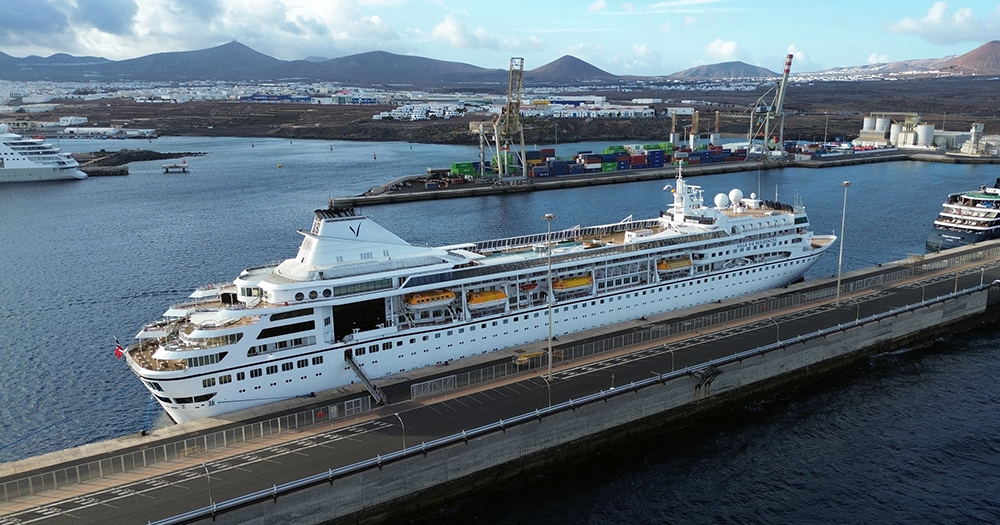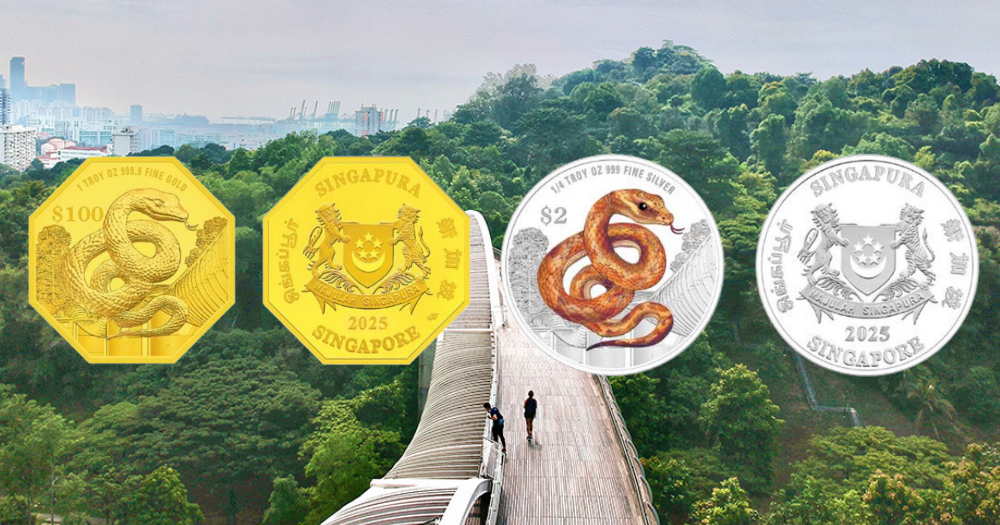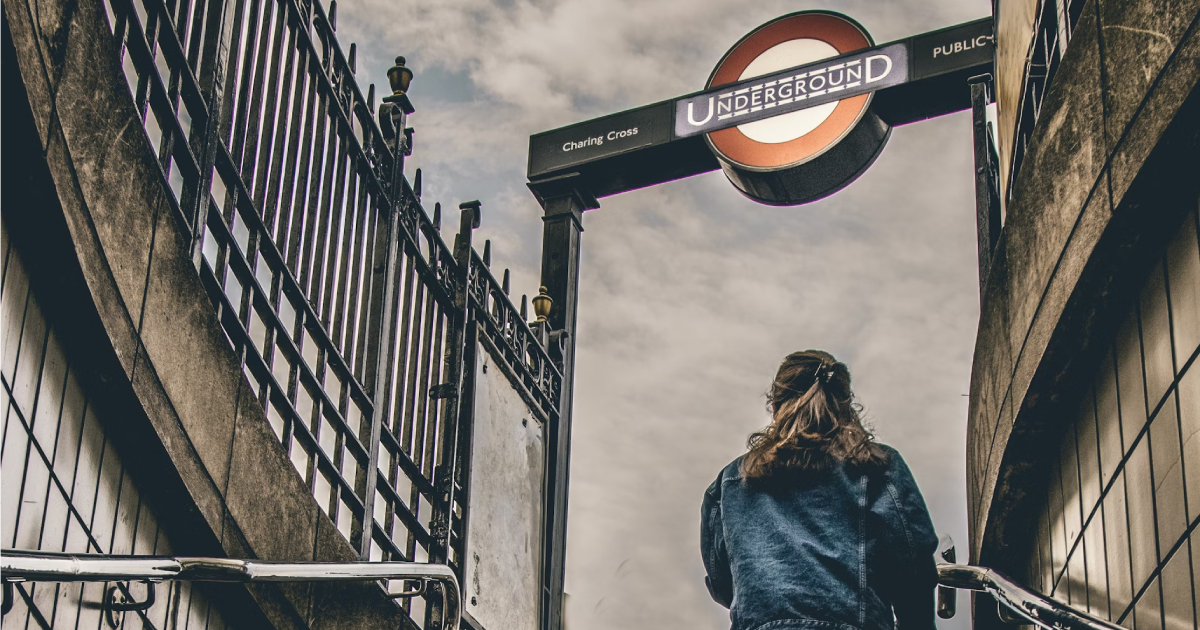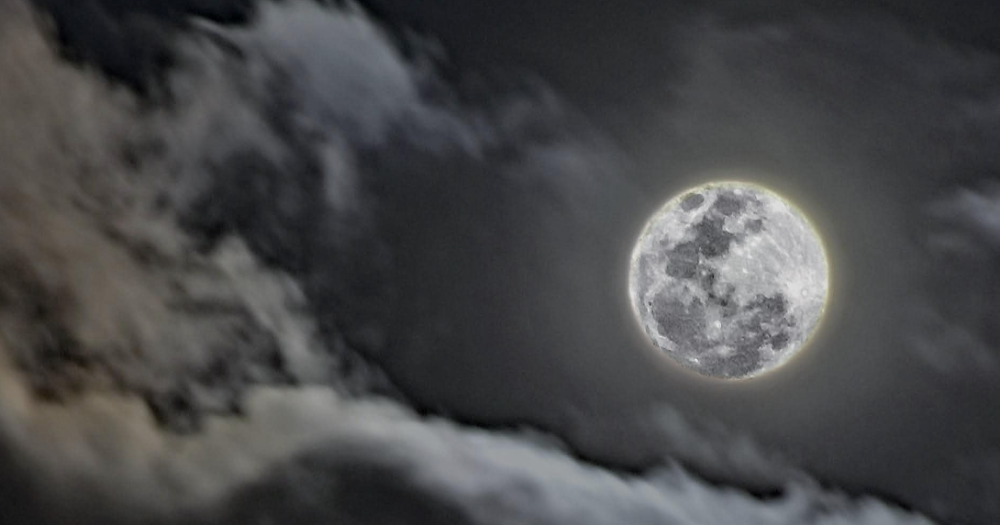New Zealand considers charging tourist fees for access into national parks
The money raised is slated for conservation management.
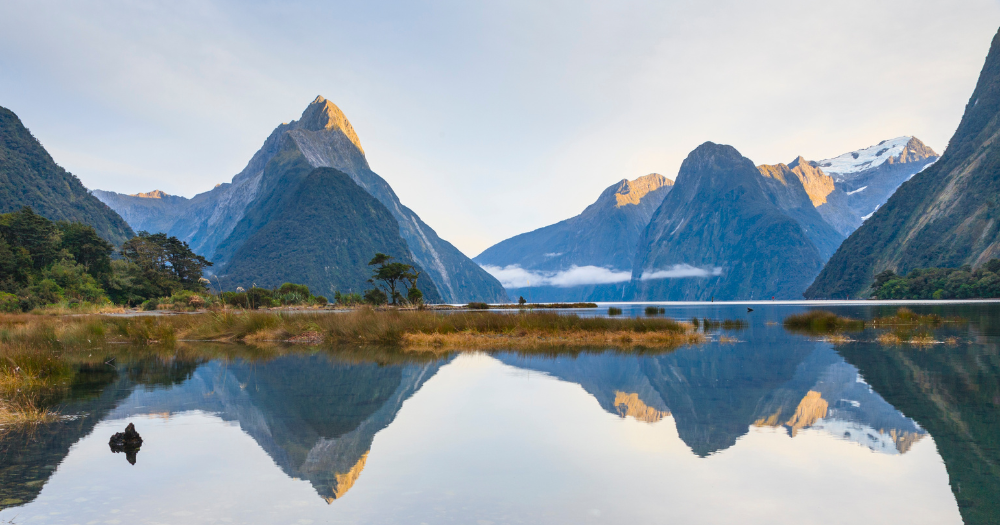
Visitors to New Zealand's national parks and iconic sites like Milford Sound, Tongariro Alpine Crossing and Mount Cook may have to pay access fees in time to come.
Domestic and international tourists could be each charged NZ$20 (S$15) and NZ$30 (S$23) respectively at five popular sites.
Currently free for both locals and international visitors, the proposal is part of a conversation initiated by the New Zealand's Department of Conservation (DOC) on how to raise funds for the sustainable management of such sites, reported The New Zealand Herald (Herald) on Nov. 15.
The DOC is the leading government agency for conservation management of landscapes, nature and heritage.
Money needed for conservation practices
In a statement by Conservation Minister Tama Potaka on Nov. 15, Potaka shared that the DOC has released two discussion documents on conservation land management and the implementation of access fees for public feedback.
"We’re also consulting on a proposal to introduce access charges for some public conservation areas, which could create new revenue streams to support the maintenance and upkeep of our most iconic landscapes," added Potaka.
Sharing with the Herald, Potaka said there is a "need to generate more revenue in order to carry the responsibilities out in an effective and efficient manner".
Diving into the docs
One of the two discussion documents publicly released by the DOC on the implementation of access fees looks at who should pay for access, where the charges should apply, and how the potential revenue should be utilised.
Discussions over pricing models
There are three plausible options outlined in the document: by charging everyone the same, having a price differential charge for locals and international tourists, or solely charging international tourists.
The document also stated that if access fees for both domestic and international tourists were to be charged at NZ$20 (S$15) and NZ$30 (S$23) respectively at five popular sites in New Zealand, an additional NZ$36 (S$28) to NZ$76 (S$59) million could be generated for conservation.
Pokata shared with the Herald that it currently costs approximately NZ$2.3 (S$1.8) billion annually to maintain its biodiversity responsibilities nationwide.
The document also includes potential measures on how to control and maximise commercial access, whilst conserving the natural beauty of scenic attractions.
Learning from other global practices
Potaka also shared that the DOC has looked at case studies around the world, and noted that access fees are "widely used internationally to help maintain popular sites" in a sustainable manner, reported South China Morning Post (SCMP).
Some of the case studies include Mount Fuji's entry fee charge for hikers, and a national pass system implemented in the United States for visiting national parks.
 Photo from Department of Conservation
Photo from Department of Conservation
However, no recommendations were made in the document, nor were timelines shared.
Concerns over accessibility
While some have lauded the discussion as a "good start", the establishment of access fees has also drawn flak from various environmental organsations in New Zealand.
Leading independent conservation organisation Forest and Bird is one of them.
Arguing that "connection to te Taiao (nature) is a fundamental part of being a New Zealander", Forest and Bird stressed that "all New Zealanders should be guaranteed the ability to connect with [the] natural environment regardless of how much they earn," reported the Herald.
In an Instagram post on Nov. 15, Forest and Bird publicly acknowledged that while "changes are needed", the plans "must focus on improving conservation outcomes" and not solely on raising money.
They added: "[The coalition government] absolutely must not shut the door to New Zealanders being able to access public conservation land and enjoy nature."
Public consultation has begun, and will last until February 2025.
Related stories
Top image from Canva
MORE STORIES









